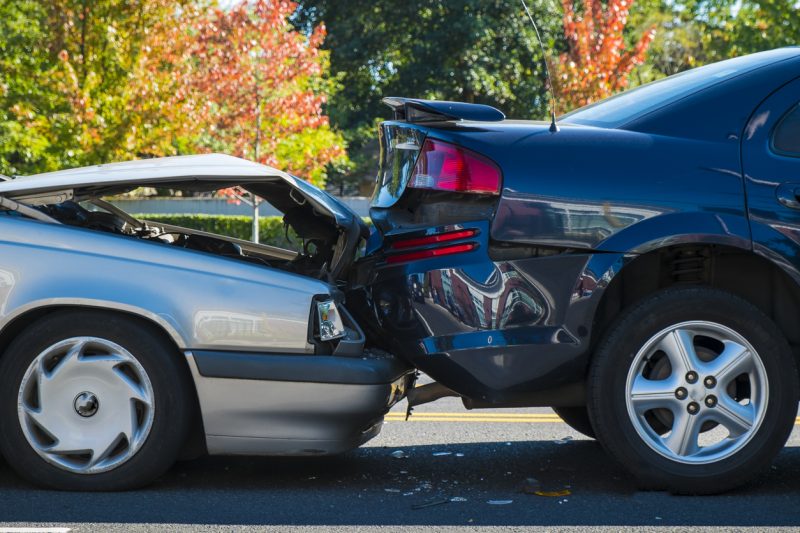A How-To Guide for Filing an Auto Insurance Claim

The initial shock of having an automobile accident is closely followed by the stress of what to do next. Since this is not a regular occurrence, it’s often difficult to remember what steps should be taken and in what order. U.S. insurance companies pay out over $170 billion in auto insurance payments every year, and they have the process of filing an auto insurance claim down to a science.
Here are the important tips on filing an auto insurance claim:
1. Understand the Scenario
- When the car is damaged, if it is something other than a collision such as vandalism or weather damage, file a claim under your comprehensive coverage. If you had a collision that was clearly your fault, file with your own insurance policy. File with the other driver’s insurance policy if the collision was clearly their fault. If the fault is unclear, file under both policies. If the other driver is uninsured, you will be covered if you have uninsured motorist coverage.
- When you’re injured, if you live in a no-fault state, you must file under your own insurance regardless of fault.
- When there is little damage and no injury, you should file under the other driver’s policy if the accident was not your fault. If the accident was your fault, you might consider not filing at all if the deductible and resultant rate increases may be higher than the cost of repair.
2. File a Police Report
The insurance company will request the report number from the responding police department. If you left the scene without contacting the police, you could still file a report afterward at the local station.
3. Contact Your Agent
Contact Dayville Auto Insurance or your insurance agent to file your claim as soon as you can with the following information ready:
- Year, make, and model of the vehicle
- Driver’s information
- Time and location of the incident
- Description of the accident and resulting damage
- Name and information of the other driver
- Other witnesses, if applicable
Write down the claim number that you are provided and the information about the agent you spoke with.
4. Talk With an Adjuster
An adjuster will be assigned to your claim. An inspection may be done through a repair shop or by the adjuster via virtual inspection. Submit any relevant photographs that you took. Remember that conversations with the adjuster will be recorded and used in determining fault. The adjuster should give you recommendations about repair shops, but you will have the final decision about repairs.
5. Accept Payment
Depending on the fault, you may need to pay a deductible before receiving payment. Procedures for payment vary depending on your insurance company and state.
Quality insurers such as Dayville Auto Insurance have an experienced staff of agents and adjusters ready to assist you in the unfortunate event of an accident.
About Byrnes Agency
At Byrnes Agency, we offer insurance solutions that can be tailored to meet your specific needs. Whether you’re looking for personal policies or commercial coverage, we have the right coverage for you. To learn more about our products, contact us today at one of our two locations.
If you’ve enjoyed what you’ve read here and would like to know when we’ve published a new blog post, please “like” us on our Facebook page, and share this with your Connecticut neighbors.
